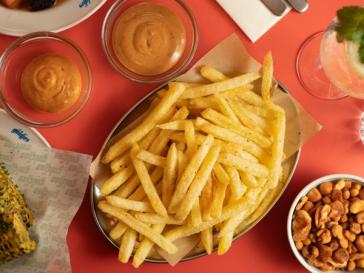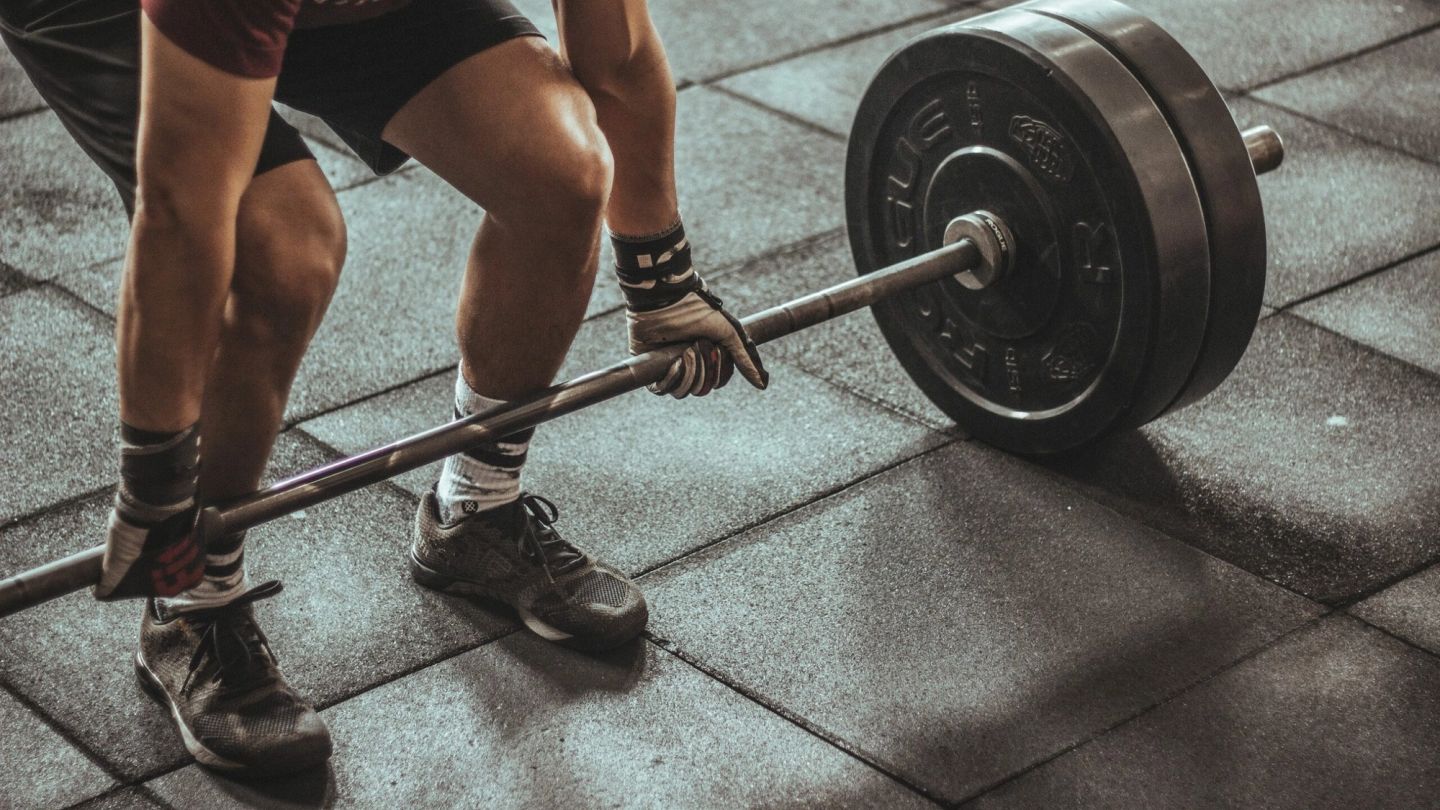

Words: Joel Snape
Unless you’ve been living under an Atlas-stone sized rock for the past half-decade, you’re already aware that some of the most die-hard advice in fitness is straight-up fabrication: that situps won’t give you a six-pack, weights beat running for fat loss, and that there’s no magic diet that beats laying off the beer and Old Fashioneds a bit.
But other, more pernicious myths refuse to die: still peddled by personal trainers and repeated in changing rooms, they’re the ones with the potential to hamstring your training, even if you’re doing your best to stay informed. Joel Snape, Men’s Fitness editor-at-large and motivational alchemist for the Gentleman’s Journal, presents the 10 biggest things men get wrong about training…and how to fix them.
If you aren’t sore, you didn’t work hard enough
Delayed Onset Muscle Soreness – DOMS for short – tends to crop up when you do movements you’re not used to, train too often, or deliberately slow the downward (or ‘eccentric’) phase of your reps. It’s never been convincingly linked to progress, and it’s entirely possible to spend months training productively without any unnecessary suffering. If hobbling up the stairs doesn’t appeal, try eccentric-free movements like kettlebell swings, Olympic lifts or medicine ball throws. Pain is not gain.
You just need to plank for your abs
This is an evolution of the ‘crunches’ myth: now that it’s no longer fashionable to do hundreds of spinal flexes for a six-pack, a rival movement’s sprung up to claim that holding yourself motionless at the top of a press-up is all you need. This is an oversimplification at best: you need to strengthen your entire midsection with a range of different exercises. “Once you’re comfortably holding a plank for longer than a minute, start to switch it up,” says Steve Taylor, founder of Get Body Confident. “My go-to exercises for abs are cable woodchops, ab wheel roll-outs and hanging leg raises.”
Squats are bad for your knees
Quite the reverse, in fact: properly-done squats will add strength and stability around your knee joint, safeguarding you against injury as well as making you a better all-round athlete. Just keep an eye on your depth: there’s no hard science to support going ass-to-grass, but reversing course before your thighs are parallel to the floor can actually increase the force on your knees, which is less than ideal.
…And so is running
This might be a malevolent bit of fake news spread by the squatters, since it’s equally untrue: a 20-year study conducted by California’s Stanford University found that consistent runners (in their 70s by the time the research period ended) showed a lower incidence of arthritis than non-runners when as they aged. It also showed that runners have a lower risk of osteoarthritis and hip replacements, suggesting that pounding pavements isn’t actually as bad for you as advertised. Still wary? Off-roading might help, as could improving your technique – think midfoot strike, not heel.
HIIT is the best way to lose fat
You can blame this one on Instagram: endless stories full of rail-thin PTs flapping ropes and cranking out burpees have convinced the world that high-intensity intervals are the best way to stoke your metabolic furnace. ‘The truth is, the whole ‘afterburn’ effect of HIIT training is a little over played. Sure, you will burn a few extra calories for a short while afterwards, but this is most likely to be around 15% of the total calories burned during the actual workout,’ says Taylor. ‘This really isn’t a lot.’ In reality, diet still trumps everything else for fat loss: HIIT is fine if you enjoy it, but even half an hour of the worst intervals imaginable will barely burn off an almond croissant.
Heavy weights will make you bulky
False. There are two well-established ways to get stronger: increasing the size of your individual muscle fibres, and using more of them when you lift (fun fact: some researchers contend that you can also add more fibres, but that’s far from established science). The latter is what you’d do if you suddenly had to lift a car off a baby, and it’s also what athletes in weight-dependent sports do to add strength without putting on size. If you want to get huge, a targeted plan of caloric excess and moderate-to-heavy weights will get you there – but if you don’t, very heavy weights, short sets and long rests will help you lift bigger without needing a bunch of new shirts.
…And size means strength
Sure, any bodybuilder worth the title will be stronger than the average inactive man, but filling out a singlet vest is no guarantee of strength: training specifically for muscular bulk (or ‘sarcoplasmic hypertrophy’, as it’s known) simply increases the amount of fluid in muscle cells with almost zero corresponding increase in strength.
You should warm up with cardio before you hit the weights
Handy if you’re a PT who’s keen to catch up on Twitter while his charges hit the treadmill – less so if you’re looking for results. Yes, you should aim to get your blood pumping (and, uh, synovial fluid flowing) before you lift, but priming your movement patterns and warming the muscles you’re going to be using is a better way to do it. Warm up with bodyweight exercises, then groove your movement patterns with 50% of the weight you’ll be lifting for your first ‘work’ set and gradually build up until you’re ready for your working sets.
High-protein diets are bad for your kidneys
Yes, your kidneys are involved in protein filtration, but the only studies suggesting that excess intake might damage them comes from subjects with pre-existing kidney conditions. In healthy volunteers, a daily dose of up to 3.3 grams per kilo of bodyweight (four times what the World Health Organisation’s recommendation) seems to maximise muscle growth, while helping fat mobilisation, keeping you full and causing an uptick in growth hormone. “Not only this, but you will burn 20-30% of the calories you eat from protein during the digestion process,” says Taylor. “While you’ll only burn 5-10% of the calories from carbs & 3-5% of the calories from fat.” Short version: eat more chicken. On which subject…
You need supplements to make progress
They’re certainly a fine way to top up if your lifestyle doesn’t lend itself to a thrice-daily protein feast, but less-processed fare is arguably better: animal proteins offer a complete range of the essential amino acids you need for muscle, as well as keeping you feeling full and topped up on the five B-complex vitamins. Similarly, ‘greens’ powders might help with your veg intake if you’re grabbing breakfast on the run, but fresh veg is better, packing in phytonutrients and fibre that are tough to get elsewhere. If things are hectic, compromise with a super-shake: a scoop of whey, a handful of spinach, a sprinkling of berries and peanut butter or coconut milk as necessary. Top it up with water, smash it down in one, and go about your day.
Enjoyed this? Read Joel’s Snape’s “physical feats any man under 30 should be capable of.”


